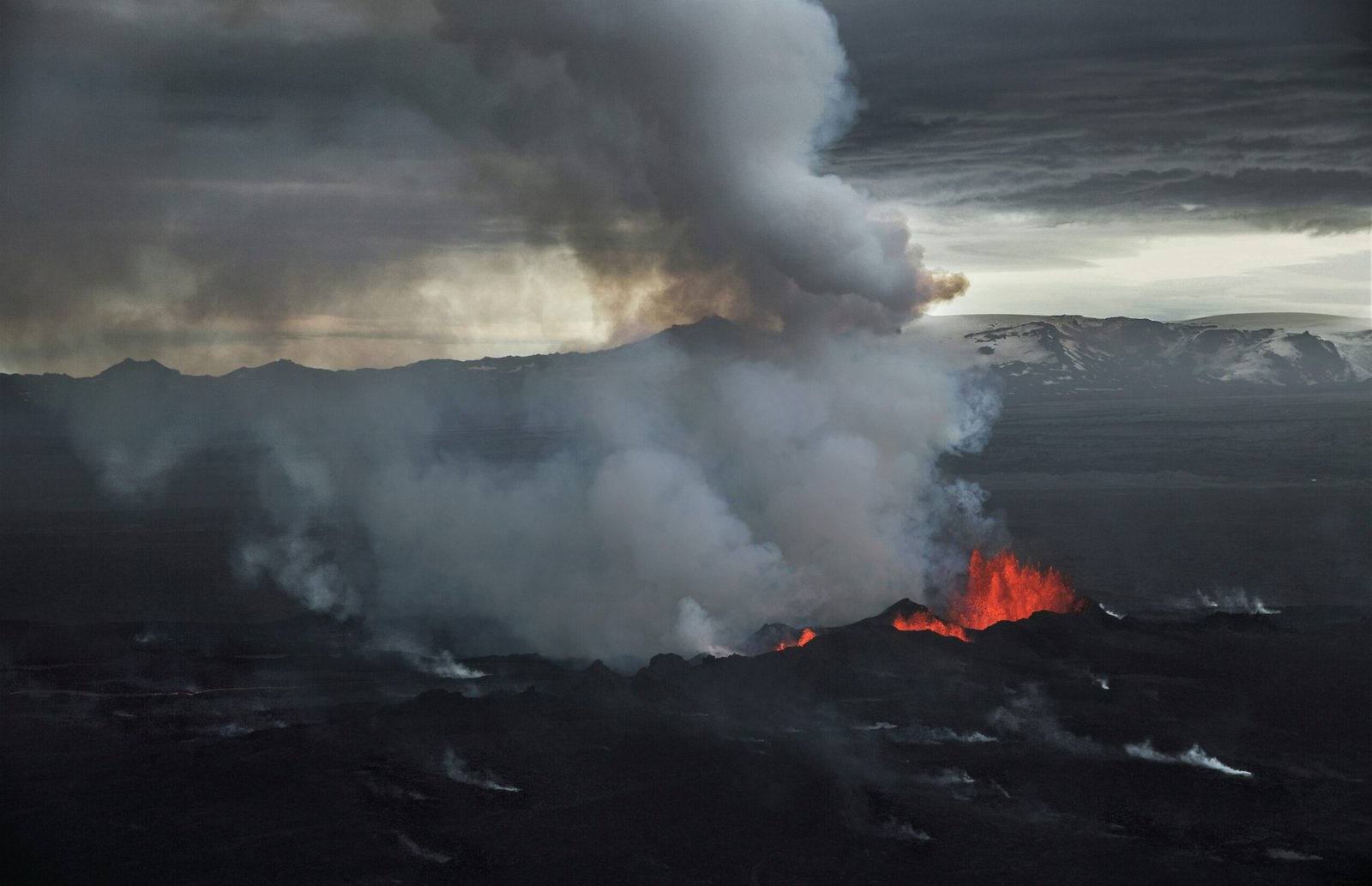Introduction
The year 2021 witnessed a catastrophic event on the Caribbean island of St. Vincent. On the 9th of April, the La Soufrière volcano erupted, unleashing a massive plume of ash that soared 20,000 feet into the sky. This eruption not only posed immediate danger to the island’s inhabitants but also resulted in far-reaching environmental and economic consequences. In this article, we will delve into the historical background of the La Soufrière volcano, examine the evidence leading up to the eruption, and explore the aftermath of this devastating natural disaster.
Historical Background
The La Soufrière volcano, located on the northern tip of St. Vincent, has a long history of volcanic activity. It is one of the most active volcanoes in the Caribbean, with its first recorded eruption dating back to 1718. Over the centuries, it has erupted multiple times, causing destruction and displacement on the island. The last major eruption occurred in 1979, resulting in the loss of lives and significant damage to infrastructure.
Evidence and Warning Signs
In the months leading up to the eruption in 2021, scientists closely monitored the La Soufrière volcano for any signs of unrest. Increased seismic activity, ground deformation, and gas emissions were some of the key indicators that hinted at a possible eruption. The government of St. Vincent, in collaboration with scientific institutions, diligently communicated these warning signs to the public and implemented evacuation plans to mitigate the potential risks.
The Eruption and its Impact
On the fateful day of April 9th, 2021, the La Soufrière volcano erupted with tremendous force. The eruption column rose to an astonishing height of 20,000 feet, blanketing the island and surrounding areas in a thick layer of ash. The ashfall not only posed immediate health hazards but also disrupted air and sea transportation, causing significant economic losses. The eruption also triggered lahars (mudflows) and pyroclastic flows, further exacerbating the destruction.
The impact of the eruption was not limited to the physical realm. The psychological toll on the affected communities was immense, as they grappled with the loss of homes, livelihoods, and a sense of security. The resilience of the people of St. Vincent was evident as they rallied together to support one another and begin the arduous process of recovery.
Disaster Preparedness and Response
The eruption of the La Soufrière volcano highlighted the importance of disaster preparedness and response in vulnerable regions. The government of St. Vincent, with the assistance of international organizations and neighboring countries, swiftly mobilized resources to aid in the evacuation and relief efforts. Emergency shelters were set up, and supplies such as food, water, and medical assistance were provided to those in need.
Lessons learned from past eruptions, such as the 1979 event, played a crucial role in shaping the response strategies. The coordination between scientific institutions, local authorities, and the community proved instrumental in minimizing the loss of life and ensuring the safety of the affected population.
Recovery and Resilience
In the aftermath of the eruption, the focus shifted towards recovery and rebuilding. The process was multi-faceted, involving the restoration of infrastructure, the reestablishment of essential services, and the provision of support to those who had lost their homes and livelihoods. International aid and donations poured in, aiding in the long-term recovery efforts.
The resilience of the affected communities was evident as they worked tirelessly to rebuild their lives. The spirit of unity and determination prevailed, fostering a sense of hope amidst the devastation. The people of St. Vincent demonstrated their ability to adapt and recover from such a significant natural disaster.
Conclusion
The eruption of the La Soufrière volcano in 2021 serves as a stark reminder of the power and unpredictability of nature. The historical background, evidence leading up to the eruption, and the subsequent impact on St. Vincent shed light on the challenges faced by vulnerable regions in the face of natural disasters. However, the resilience and determination displayed by the affected communities give hope for a brighter future. As we reflect on this event, it is crucial to learn from the past and continue to prioritize disaster preparedness and response to safeguard lives and livelihoods.

